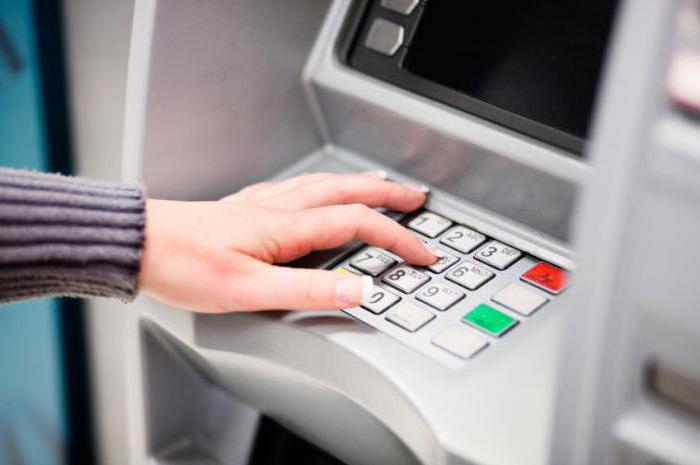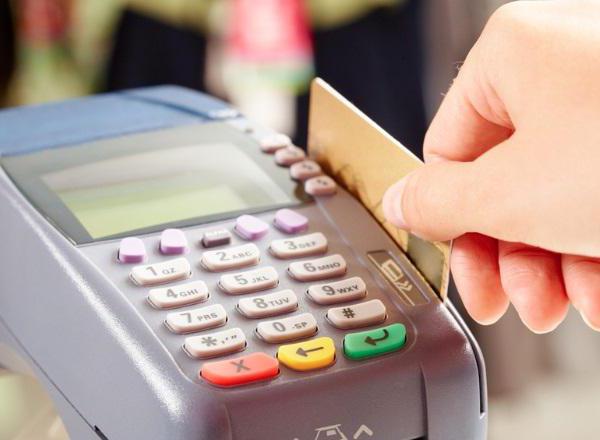It is always unpleasant to find a negative balance on your card. But it can happen to anyone. Especially if you do not pay your obligations on time.
A cash arrest is a blockage of money held in a bank account. It is carried out within the entire available balance or the entire amount reflected in the executive document.
What does it mean?

This means that you will not have the opportunity to pay the amount that is arrested, you will also not be able to withdraw it from an ATM or transfer it to another account. All funds that will be on the account in excess of this amount will continue to be available for transactions.
Arrest of cash should be distinguished from foreclosure. It is a process of debiting money in favor of a collector from your account, but without your personal order. The bank is entitled to carry out the collection procedure only on the basis of a court decision or in accordance with a decision issued by the bailiff.
Reasons for the possible seizure and recovery of money
- Ignoring car fines. The presence of fines can be checked on the official website of the STSI or through the portal of State Services.
- Non-payment of tax contributions. The presence of this type of debt can be checked on the website of the Federal Tax Service.
- Failure to pay utility bills. The presence of such a debt can be checked absolutely at any MFC or at the management company serving your home. What else could be ordered to seize?
- Non-payment of alimony. Debt on alimony payments can be checked on the website of the court that issued the relevant decision, or on the website of the FSSP of the RF.
- Non-payment of litigation in favor of an opponent. This debt can be checked in the same way as non-payment of alimony.
- Evasion of payment of loans and borrowings. Debt can be checked in the same way as in the two previous paragraphs.
Documents Based on Which May Be Arrested
The decision on the seizure of money or recovery issued by the bailiff is a document that is sent to the bank by the bailiff to execute the decision made by the court or other court. In this case, the bank must compulsorily and urgently execute the received resolution.
That is, the mechanism is as follows: the court makes a decision and issues a writ of execution for the arrest of funds to the claimant. He, in turn, sends him to the Federal Bailiff Service. The FSSP issues an arrest warrant and sends it to the bank. The Bank, on the basis of the decision, shall make a partial or full seizure of money or a partial or full recovery.
Writ or order
A writ of execution or a court order for the recovery of a debt, which is issued for the purpose of enforcement of a court decision. This document, involving the withdrawal of money from accounts owned by the debtor, may be submitted by the collector to the bank. It can be a natural or legal person. The bank, in accordance with the law, is obliged to execute the decision made by the court on the basis of such documents.
Unlike the previous case, in this scheme of seizure there is no one link - the FSSP service. That is, the mechanism is as follows: the court makes its decision and issues to the claimant a writ of execution, with which the latter applies to the bank.The bank, on the basis of the writ of execution, imposes full or partial seizure on the funds of the debtor or makes a full or partial collection.
There are other regulations. Thus, it seems possible to seize funds in a bank account by a decision issued by the authorities carrying out the preliminary investigation process. Moreover, they can do this both on the basis of a court decision and in other cases provided for by law.
What should be done if the seizure of money or the penalty is imposed by a decision issued by the bailiffs?
First you need to get information about the decision made by the bailiff. This can be done through the official site of the FSSP, taking a few simple steps:
- It is necessary to find the number assigned by the court to the enforcement proceedings in the SMS received from the bank about the seizure of funds.
- Next, you need to find information about the production of interest on the FSSP website. To do this, on the specified site, you need to switch to the databank section containing information on the enforcement proceedings of the FSSP of the Russian Federation, and then select "Search by number". It is in this line that you need to enter the IP number from the received SMS.
- Read the information provided, which, among other things, will contain the address and contacts of the bailiff.
- If you have questions or complaints, you can make an appointment at the FSSP. This can also be done on the site.

What should I do if a bank card is arrested by court order or writ of execution?
- In the SMS received from the bank, it is necessary to find the number of the court order or the number of the writ of execution and the name of the court that issued the decision.
- You should find the site of the court by its name, go to the section with the name “Trial”, select “Search among court cases” or “Search for acts of court proceedings”.
- In the menu that opens, enter the production number and other data that are known.
- The system will open all information about the debt recovery order, which can be studied.
What needs to be done to avoid penalties and seizures?
- Try to pay bills for all available obligations.

- It is worth checking regularly the data on existing debts on the official websites of the relevant departments: the Federal Tax Service, the Federal Tariff Service, the traffic police.
- You can connect auto payment services for fines, taxes and utilities. They will help you pay on time, without delay. You can not worry about the fact that some payment may be forgotten.
- You should regularly check your credit history in order to secure your money at the bank.
Types of Executive Documents
Law No. 229 of October 2, 2007 stipulates that an arrest may be imposed only by a court decision or by a bailiff. And in accordance with the 115th article of the Code of Criminal Procedure, such restrictions can be applied by court order or by order of the authorities conducting the preliminary investigation.
Possible types of executive documents:
- Enforcement orders issued by arbitration courts and courts of general jurisdiction. Writ of execution may be issued on the basis of judicial acts.
- Orders of the courts.
- Agreements and their copies on the payment of alimony. Agreements and copies must be notarized.
- Certificates issued by commissions regulating labor disputes.

- Acts of bodies that exercise control functions on monetary penalties. Such acts must necessarily contain bank notes or notes of other organizations of a credit nature.
- Acts of judicial, other bodies, as well as officials, related to cases of administrative offenses.
- Decisions of bailiffs.
- Acts of various bodies in those cases stipulated by law.
- Executive notarial signature, if there is an agreement on extra-judicial foreclosure on property that is in the pledge. Such an agreement may be concluded in the form of a separate agreement or included in a pledge agreement.
- Requests from the central authorities for the search for a child who was illegally transferred to the Russian Federation or is being held in the Russian Federation.
- Executive documents issued by the competent authorities of foreign states and which are subject to execution on the territory of the Russian Federation.
- The decision issued by the preliminary investigation authorities if there is a court decision or other documents issued during the investigation.
That is, the bank can obtain executive documents of arrest or recovery from the Federal Bailiff Service, from courts, from recoverers, which can be not only individuals, but also legal entities with a writ of execution in their hands. Only these entities can send a petition for seizure of funds to the bank.
How to remove an arrest or stop collecting money?
In order to cancel the arrest or terminate the recovery (in the event that the execution of the document has not yet been completed), you must contact the court, the FSSP or the body to which the writ of execution was issued. It is on the basis of the decision of the body that issued the writ of execution that the arrest or recovery may be terminated. If there is such a decision, it should be sent to the bank, which will immediately lift the arrest and stop the collection. In addition, the claimant may revoke the writ of execution. It is important to understand that the bank is not able to return the funds that have already been collected and transferred to the collector.
If the account is seized or collected, then the money in the bank will be debited in its favor as a priority. In this case, if the account is used to repay the loan, the deposited money may not be enough for this.
Conclusion
The Bank shall immediately terminate the arrest and recovery after it received executive documents on the removal of the arrest or the termination of the recovery. However, if this did not happen, then it is likely that the bank did not receive the aforementioned executive document or the account may be limited to another executive document. In order to clarify the situation, it is necessary to contact the authorities that issued the writ of execution for the arrest of the card by the bailiffs and clarify the information on the timing of sending the relevant documents to the bank to cancel the arrest or recovery.

